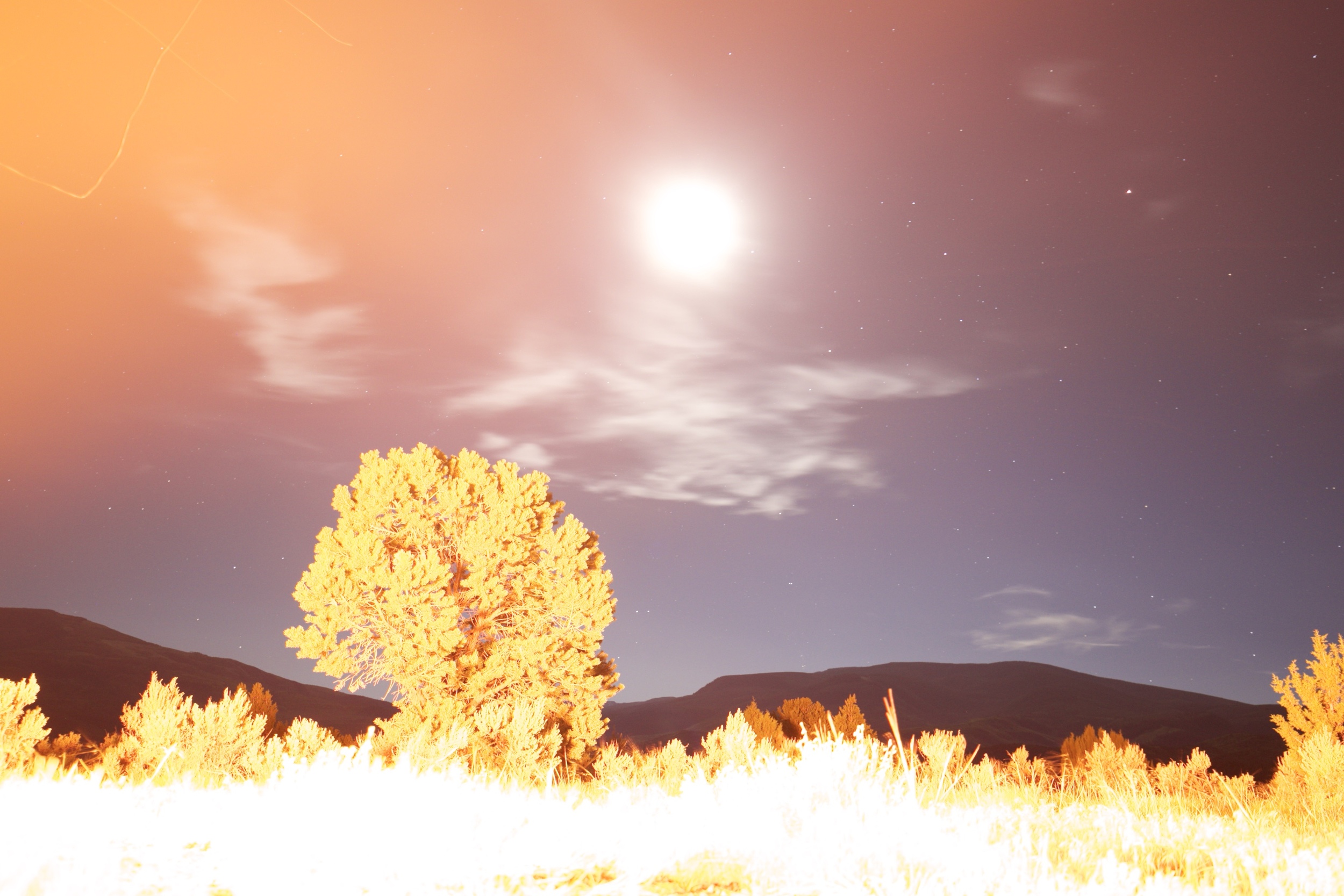Midsummer is the meeting point
of sun and moon
fire and water
waxing and waning
light and dark
Early to rise, I witnessed the sun play out its crescendo this summer. I watched as it set on the longest day, while the full moon competed with the light of our bonfire.
My ancestors would have celebrated this night, mourned this night. For they knew that with light comes dark, with summer comes winter. The two are inextricably linked, and never more so than on this day: the day of the longest sun.
The longest day signifies the peak of life in full bloom - when all the plants have put forth their energies, flowering and fruiting. Yet in the same breath we may speak of the longest day as the beginning of the darker months, the time when all the world seems to recede in upon itself, conserving its strength for the year to come. It is a time of two halves, each holding the tail of the other. Death and life go hand in hand.
Suppose you had asked a wise woman of the elder days:
'Is it possible to be both happy and sad at the same time?'
In her reply she may have told you of a midsummer's night - when the villagers would gather to eat and dance and send hoops of fire down the hillsides, while Druids gathered in stone circles around the allegorical bonfire, celebrating and mourning and giving thanks.
. To be happy and sad at once is to be thankful .
I am grateful for the waxing and waning of the year;
much like sitting and thinking of a person I miss in my heart,
the contemplation of the seasons fills me with gratitude
for all my blessings -
those sweet fruits the world offered me in the summer.


































